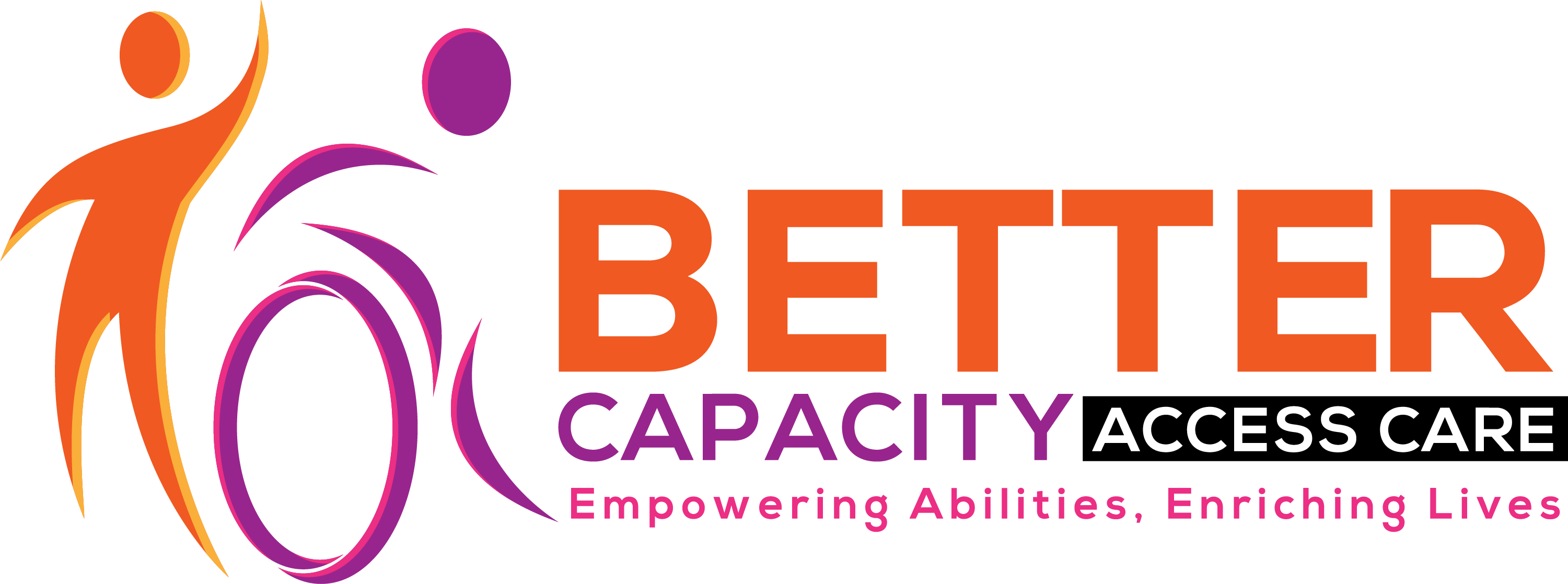What is Blood Pressure Monitoring and Why is It Important?
Blood pressure monitoring is a simple yet vital practice that can significantly impact your overall health. High blood pressure, often called a “silent killer,” may not show any symptoms, making regular monitoring crucial. For individuals with conditions like hypertension, having a reliable blood pressure monitor at home can be a game-changer. An NDIS provider can assist in setting up the right equipment and ensuring proper use for better health management.
What is the Best Method to Monitor Blood Pressure?
Using an automatic blood pressure monitor is widely regarded as the most reliable method for home monitoring. These devices are user-friendly and provide quick, accurate readings. Health experts recommend measuring your blood pressure at the same time each day for consistency. Resting for five minutes before taking a measurement also ensures more accurate results.
Which Arm is More Accurate for Blood Pressure?
For most people, the left arm tends to provide more consistent readings. This is because it’s closer to the heart. However, it’s essential to check both arms to determine which one gives a higher reading. Using the same arm consistently is key to tracking changes accurately. Some individuals may find that their right arm shows slightly different readings, so always take note of any variations.
What is the Best Position to Lower Blood Pressure?
To get an accurate blood pressure reading, sit comfortably with your back supported and feet flat on the floor. Make sure your arm is at heart level, and avoid crossing your legs. This position promotes accurate readings and helps reduce stress on the heart. Taking deep, slow breaths before and during the measurement can also help lower blood pressure naturally.
What Not to Eat with High Blood Pressure?
If you’re managing high blood pressure, reducing sodium intake is one of the most effective ways to keep your numbers in check. Avoid processed foods, canned soups, and salty snacks. It’s also best to limit alcohol and caffeine consumption, as these can contribute to higher blood pressure. Instead, focus on a diet rich in fruits, vegetables, whole grains, and lean proteins to support better heart health.
What Brings Blood Pressure Down the Fastest?
If you need to lower your blood pressure quickly, the best approach is to stay calm and rest. Deep breathing exercises, taking a brief walk, or drinking water can help manage sudden spikes. It’s also important to avoid any stressful triggers. While these methods may offer temporary relief, regular monitoring is essential for long-term health management.
What Are the Two Worst Blood Pressure Medications?
While medications are often necessary for controlling high blood pressure, some may have unwanted side effects. Beta-blockers and alpha-blockers are commonly prescribed, but they may cause dizziness or fatigue in some patients. Always consult with your healthcare provider and an NDIS provider to find the medication that best suits your needs and doesn’t affect your daily life.
Why Blood Pressure Monitoring Should Be Part of Your Daily Routine
Monitoring your blood pressure daily is key to staying on top of your health. It’s essential for tracking any changes and can help you make informed decisions about your lifestyle. With the guidance of an NDIS provider, you can ensure you’re taking the right steps to maintain healthy blood pressure levels. Regular checks can detect issues early and prevent serious health complications down the road.
Key Takeaways
Blood pressure monitoring is crucial for maintaining long-term health, especially for individuals with hypertension. Consistent monitoring using a reliable automatic monitor, choosing the correct arm, and maintaining proper positioning are essential for accurate results. A healthy diet and lifestyle can help manage blood pressure effectively. Always consult with a healthcare professional and NDIS provider to get the best guidance on monitoring and medication. This proactive approach will support your heart health and overall wellbeing.
FAQs
It’s recommended to check it daily, especially if you have high blood pressure.
Yes, caffeine can temporarily raise blood pressure. It’s best to wait 30 minutes after drinking coffee before taking a reading.
Some variation is normal, but significant changes should be discussed with your healthcare provider.
While it’s not mandatory, an NDIS provider can help ensure you monitor your blood pressure correctly and consistently.


